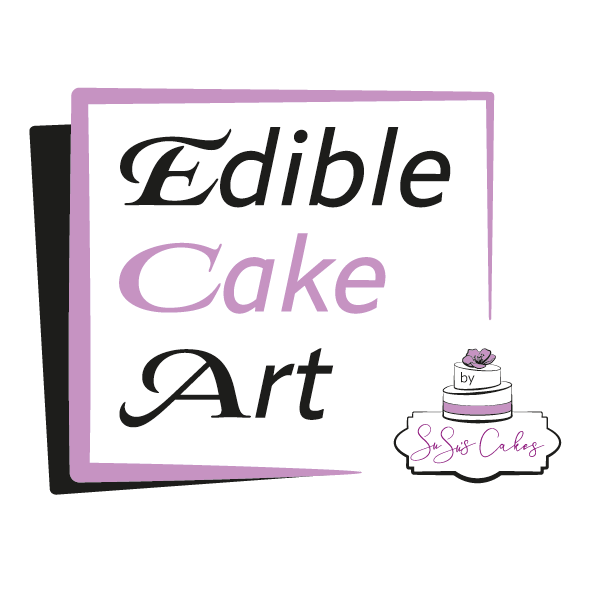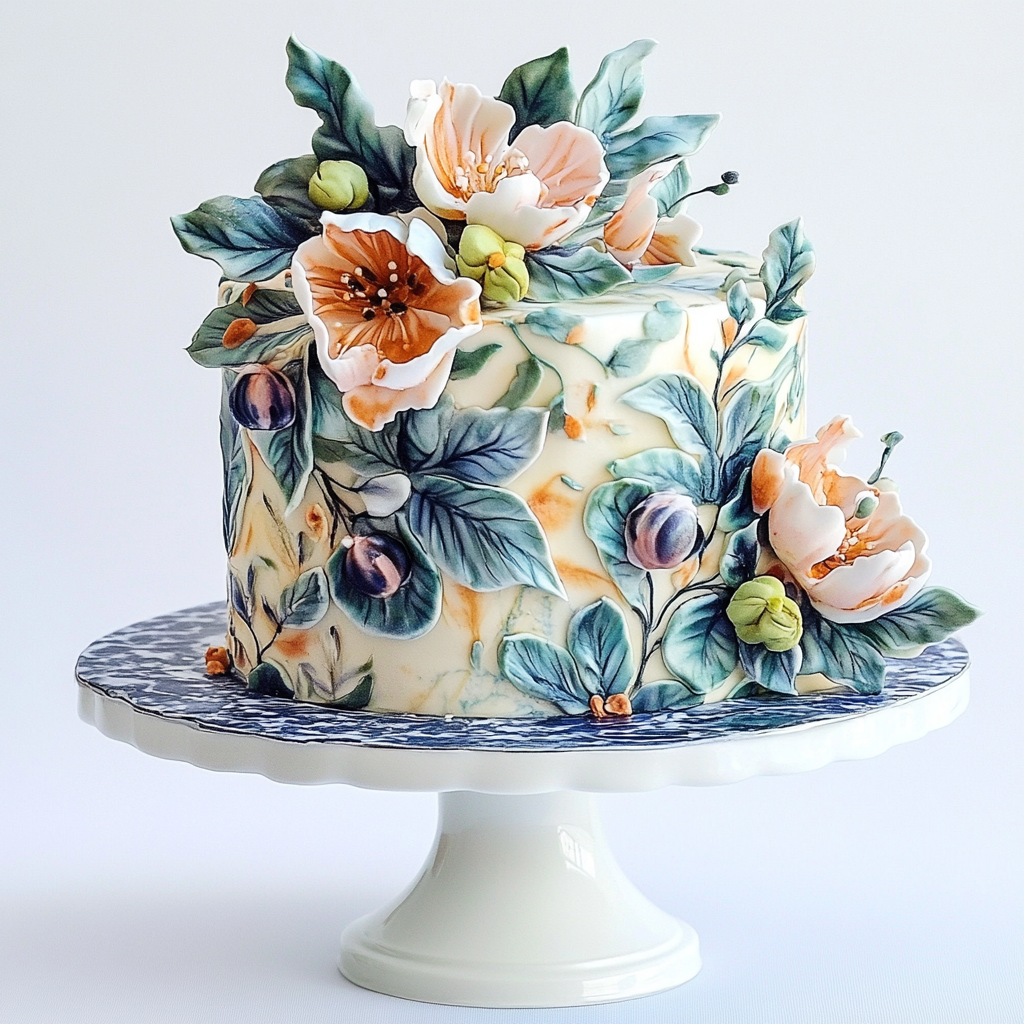How to Combine Piping and Edible Prints
Estimated reading time: 10 minutes
Key Takeaways
- Combining piping and edible prints opens up creative possibilities for stunning cake designs.
- Understanding the fundamentals of each technique is crucial for successful integration.
- Essential materials include piping icing, gum paste, edible prints, and fondant.
- Techniques like layering gum paste flowers with edible prints enhance cake aesthetics.
- Proper timing and choice of icing are key to maintaining design integrity.
Table of contents
Understanding the Basics
To fully grasp how to combine piping and edible prints, we must start by understanding the basics of each technique.
What is Piping?
Piping involves using icing, typically royal icing or buttercream, to create decorative elements on cakes. It’s a technique that allows bakers to express their creativity by forming shapes like flowers, borders, and intricate designs. The textures created through piping add depth and dimension to your cakes, making them visually appealing.
What are Edible Prints?
On the other hand, edible prints are intricate designs printed on edible paper, allowing for direct transfer onto the cake surface. These prints can feature anything from complex images to simple patterns, offering endless design possibilities. Using edible prints enables decorators to achieve detailed designs that would be difficult to recreate solely through traditional cake decorating techniques.
Essential Materials for Combining Piping and Edible Prints
To successfully merge piping techniques with edible prints, you’ll need a few essential materials:
- Piping icing: Royal icing or buttercream will be your go-to choice for creating decorative piping.
- Gum paste: This versatile medium is perfect for creating 3D decorations like flowers.
- Edible prints: Be sure to select high-quality edible icing sheets with vibrant colors and sharp designs.
- Fondant: This smooth, pliable icing can help cover cakes seamlessly and create visual contrast with your printed designs.
Key Techniques for Combining Piping and Edible Prints
Now that we’ve covered the basics, let’s dive into the specific techniques for combining piping and edible prints effectively.
Layering Gum Paste Flowers with Edible Prints
Creating Gum Paste Flowers
Creating stunning gum paste flowers can elevate your cake designs. Follow these steps:
- Roll out gum paste thinly: Aim for about an eighth of an inch or thinner for delicate petals.
- Cut petal shapes: Use specialized cutters to create realistic petal forms.
- Shape and thin the edges: This step gives your petals a natural look, enhancing their elegance.
- Assemble petals to form flowers: Layer them carefully to achieve the desired flower shape.
- Allow flowers to dry completely: This ensures that they hold their shape when applied to the cake.
Applying Edible Prints to Gum Paste Flowers
Now, let’s look at how to integrate edible prints into your gum paste flowers:
- Print your design onto edible paper: Choose designs that complement the flower’s color and shape.
- Cut out the printed design carefully: Precision is essential to maintain clean edges.
- Brush a thin layer of edible glue onto the gum paste flower: This acts as an adhesive for the edible print.
- Gently apply the edible print: Smooth out any air bubbles as you go; patience is key here.
- Allow to set before adding to your cake: Letting them dry will ensure they stick perfectly.
Tip: Choose edible print designs that complement the shape and style of the gum paste flowers. This technique of layering gum paste flowers with edible prints creates a seamless look that enhances both elements.
Advanced Fondant and Edible Icing Sheet Combos
Understanding Fondant and Edible Icing Sheets
Fondant is a smooth, pliable icing that can cover cakes, while edible icing sheets feature printed designs ready for application. Together, these components transform your cake into a canvas for creativity.
Creating Layered Designs with Fondant and Edible Prints
- Roll out fondant: Work it to the desired thickness for a smooth finish.
- Apply edible icing sheets: Carefully position your chosen design over the fondant-covered cake.
- Use piping techniques for embellishment: Create borders or additional decorative elements with your piping icing.
- Combine multiple sheets for layered designs: This allows for remarkable depth and complexity.
Suggested Patterns and Themes
For inspiration, consider using floral patterns, geometric designs, or even custom photographs with your edible prints. These themes kick your cake designs up a notch and make them truly memorable.
Tips for Merging Piping Techniques with Edible Prints
To ensure that your piping techniques complement the edible prints effectively, keep these tips in mind:
- Utilize various piping techniques. Techniques like shell borders and rosettes can add stunning texture and dimension to your designs.
- Consider piped lace patterns over subtle printed backgrounds, which can enhance the intricacy of your cake.
Practical Advice
- Timing is crucial: Apply edible prints before adding piped details to ensure the best adherence.
- Choose your icing wisely: The consistency of your icing plays a vital role in achieving delicate piping; lighter icings will work better for fine details.
- Avoid overworking areas with edible prints: Be cautious to prevent smudging or tearing, so your designs remain crisp and clear.
Showcase Examples
Visualizing the combination of piping and edible prints can significantly enhance your understanding. Consider these effective examples:
- A wedding cake adorned with intricate tiers covered in fondant, accented with delicate edible lace prints.
- Highlight gum paste flowers featuring printed centers to achieve stunning realism.
- Imagine piped pearl borders framing each tier, illustrating cohesive design elements throughout the cake.
Conclusion
Combining piping and edible prints allows for endless creativity and personalization in cake decorating. By mastering these techniques, you can create truly unique designs that will impress your audience.
We encourage you to experiment with these methods in your projects. Dare to push the boundaries of traditional cake design! Remember, practice makes perfect. Don’t shy away from trying new combinations and integrating these advanced techniques into your baking.
We’d love to hear about your experiences and see how you incorporate these techniques into your designs. Please share your thoughts in the comments below. Happy decorating!
Frequently Asked Questions
What is the best icing for piping?
Royal icing and buttercream are both excellent choices for piping. Royal icing dries hard and is perfect for detailed designs, while buttercream is softer and better for creamy textures.
Can I use edible prints on any type of cake?
Yes, edible prints can be used on any smooth surface. For best results, apply them on fondant or a well-frosted cake to ensure proper adhesion.
How to ensure edible prints adhere properly?
Apply a thin layer of edible glue or piping gel to the surface before placing the edible print. Ensure the surface is cool and dry to help the print set firmly.
Can I customize edible print designs?
Absolutely! Many providers offer custom edible printing services where you can upload your own images or designs to be printed on edible sheets.
Call to Action
For those eager to learn more, consider checking out related resources or tutorials for further education in this exciting field of cake decorating. And don’t forget to share your wonderful designs on social media by tagging our blog. We can’t wait to see how you incorporate piping and edible prints into your baking adventures!

